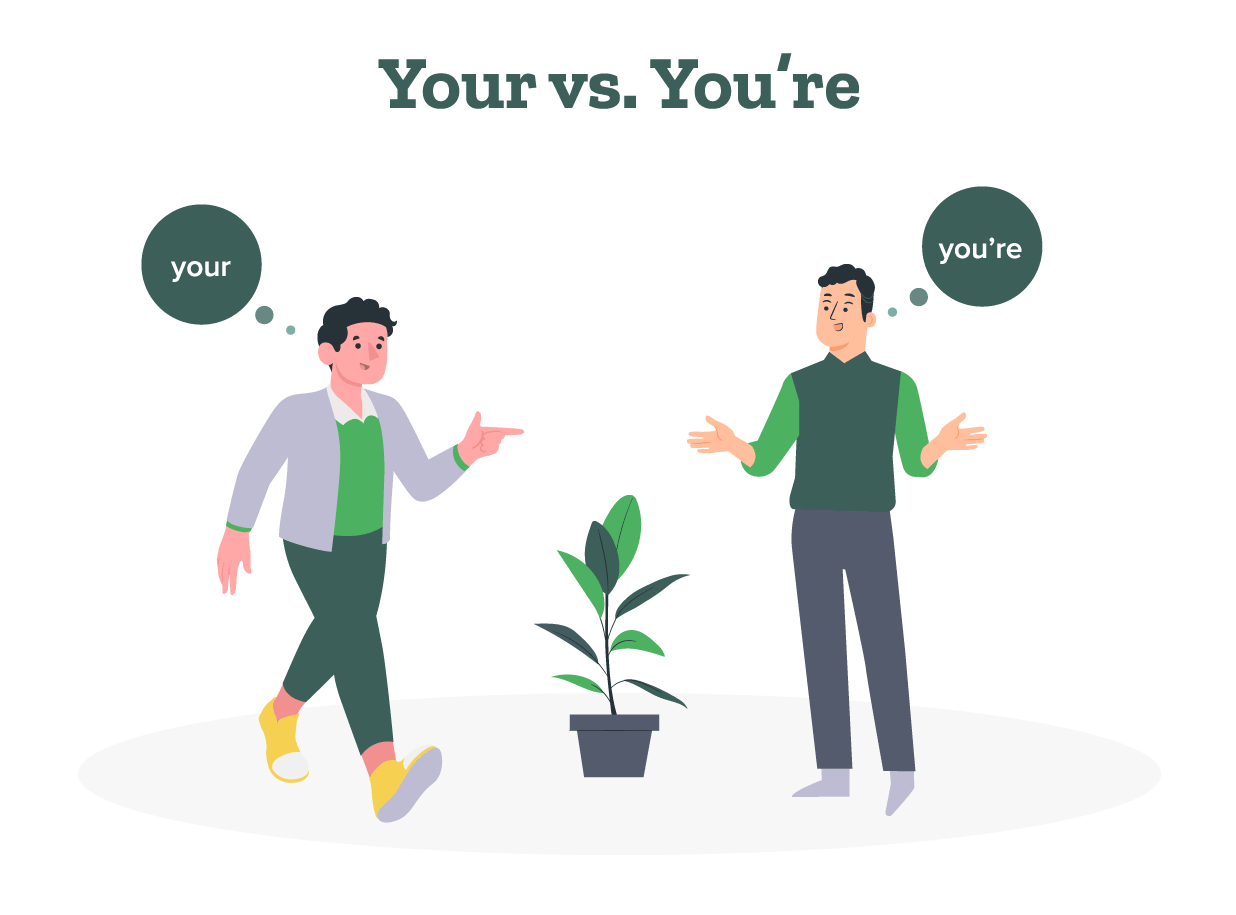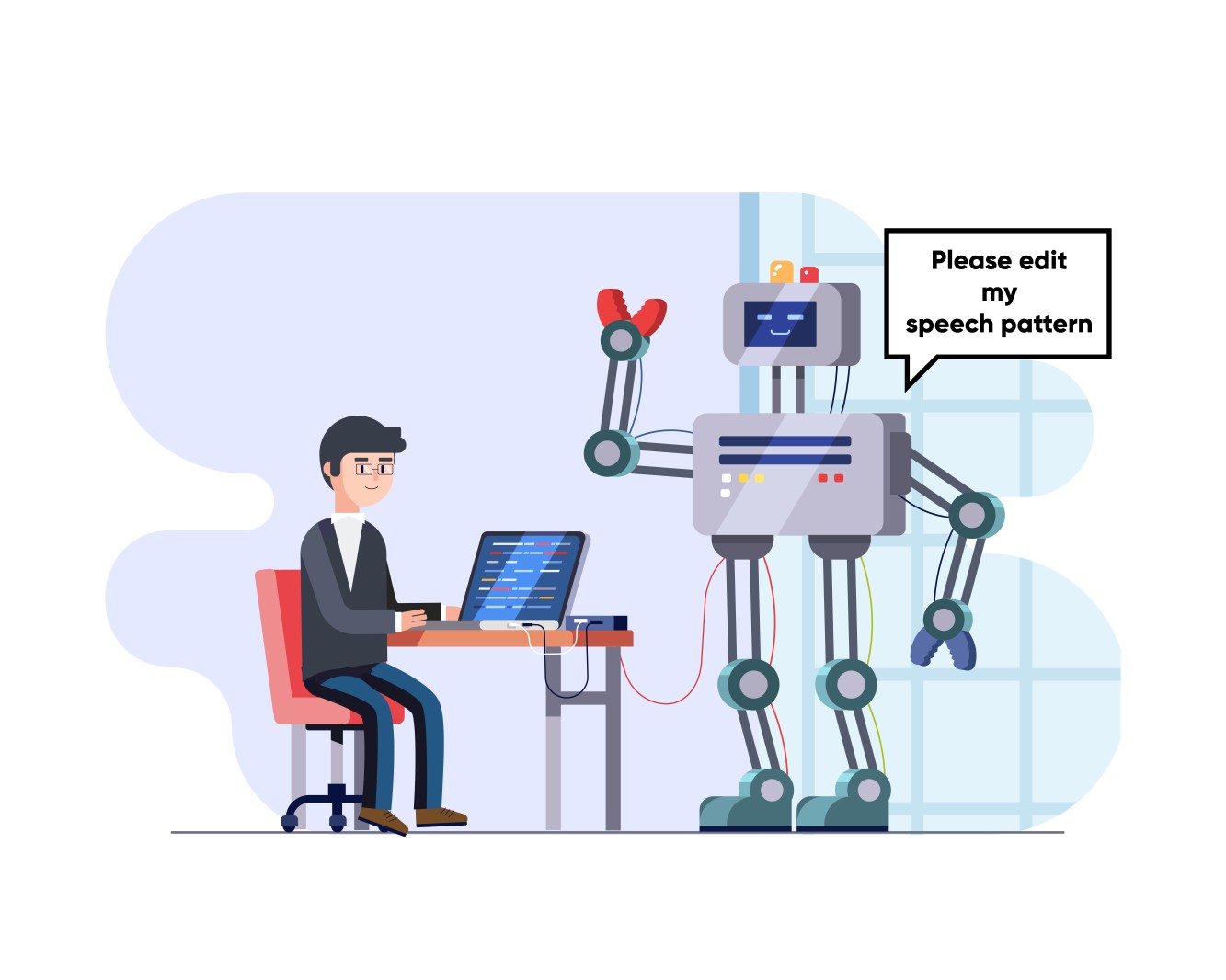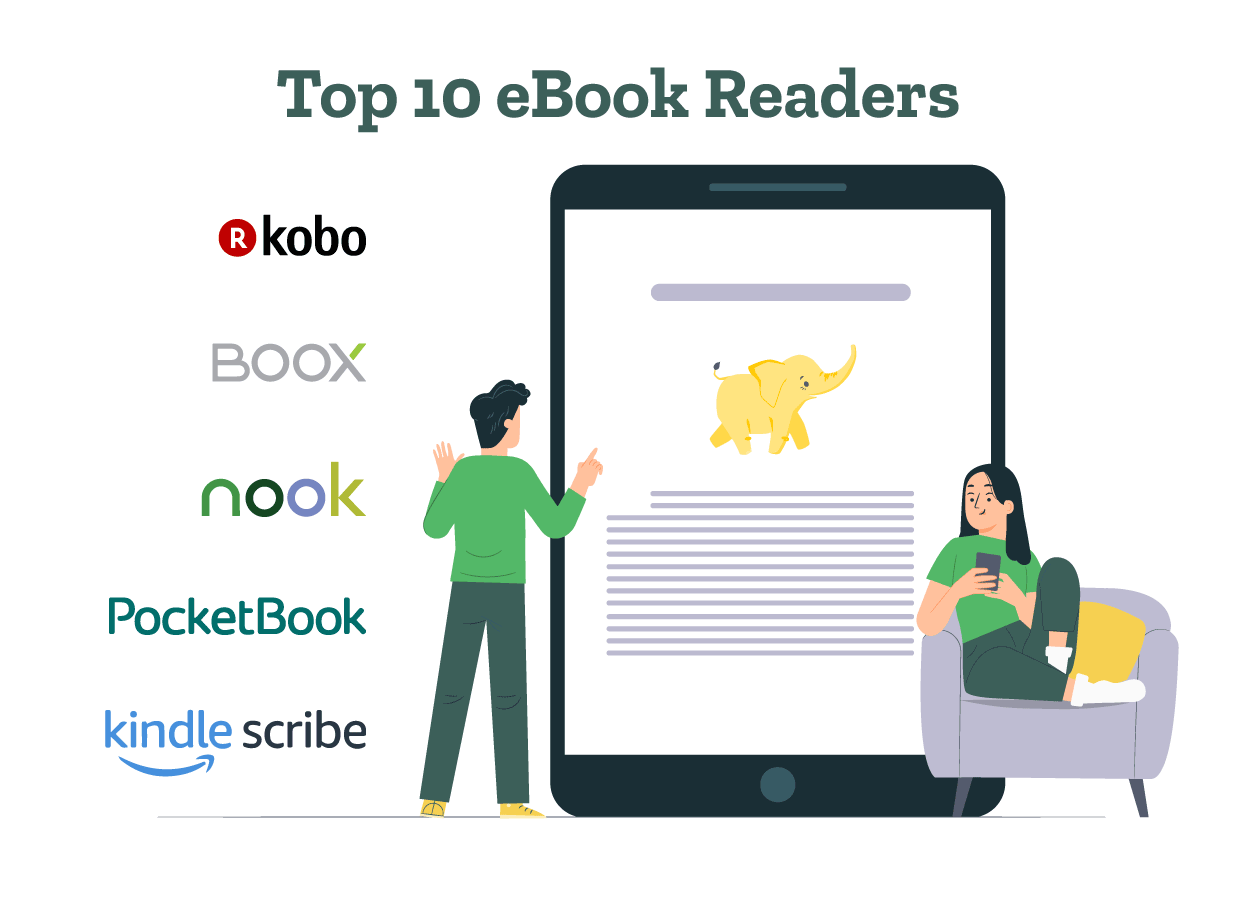Still have questions? Leave a comment
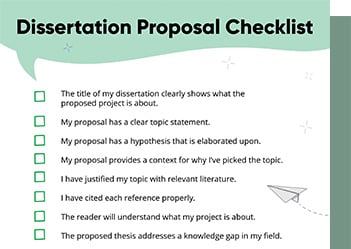
Checklist: Dissertation Proposal
Enter your email id to get the downloadable right in your inbox!
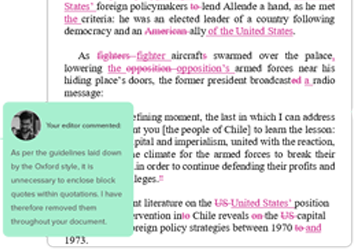
Examples: Edited Papers
Enter your email id to get the downloadable right in your inbox!
Need
Editing and
Proofreading Services?

What Is an Annotated Bibliography & Writing One Using AI
 Apr 24, 2025
Apr 24, 2025 5
min read
5
min read
Do you find it challenging to summarize sources and write annotations? This is where AI is a lifesaver! Using AI, you can easily research and write citations.
This blog explains how to use AI to research, summarize, and cite sources for your research paper. For beginners, the meaning of an annotated bibliography and the types of annotations are simply explained.
So let’s first simplify the basics to help you create an annotated bibliography!
Make sure your annotated bibliography is free from language errors! Learn more
What is an annotated bibliography?
An annotated bibliography is a list of sources (such as books, articles, or websites) that you’ve used for research. It also includes a brief description and evaluation of each source.
Each entry starts with a full citation of the source (the author’s name, year of publication, information taken from the source, title, and publisher). For websites, the website link is also included in the citation.
Annotated bibliographies are used in research papers, theses, and dissertations. They are also found in documents such as legal briefs and grant proposals.
Annotated bibliography examples
Descriptive annotations, evaluative annotations, and reflective annotations are 3 types of annotations. Given below are explanations of these types and three examples for your reference.
1. Descriptive annotation: These annotations summarize the main points, arguments, or findings of the source. For example:
Abbate, J. (1999). Inventing the Internet. MIT Press.
Janet Abbate’s Inventing the Internet offers a comprehensive history of the Internet’s development, tracing its roots from early Cold War research to the rise of the World Wide Web. Abbate explores key technological innovations, the diverse group of researchers and engineers involved, and the social and political contexts that shaped the internet’s evolution.
2. Evaluative annotation: These annotations evaluate the source’s strengths, weaknesses, and credibility. For example,
Jones, A. (2018). The Future of Artificial Intelligence. Oxford University Press.
Jones presents a compelling argument for the transformative potential of artificial intelligence, highlighting its applications in various fields. While the book provides a comprehensive overview of AI’s advancements, it lacks a critical analysis of the ethical implications and potential risks associated with its widespread adoption.
3. Reflective annotations: These annotations explain how the source relates to your research topic and how you plan to use it. They connect the source to your own work and thinking. For example:
Brown, K. (2019). The Psychology of Social Media Addiction. Routledge.
Brown’s book provides a valuable framework for understanding the psychological mechanisms underlying social media addiction. This source will be essential for my research on the impact of social media on adolescent well-being, as it offers insights into the cognitive and emotional factors that contribute to excessive social media use.
Here are 3 other examples of annotated bibliography in APA, MLA, and Chicago style format
1. Annotated bibliography in APA style (7th edition)

2. Annotation in MLA style (9th edition)
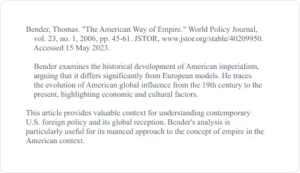
3. Annotation in Chicago style (17th edition)
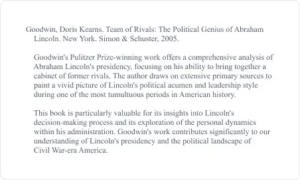
How to write an annotated bibliography using AI
1. Use AI tools for research
You can use AI tools for research like Semantic Scholar, Research Rabbit, Dimensions.AI, and Scite.AI. Some other tools you can use are Connected Papers, Consensus, and Elicit.
You can also use filters such as publication year and author to research relevant sources. Once you find the relevant sources, you can save and export them.
2. Select the citation style
Choose the citation style (APA, MLA, Chicago, or other) and learn the required guidelines. The content of the annotation is usually double-spaced and left-aligned.
Furthermore, the annotation’s first line is usually indented by half an inch (0.5 inch) from the left margin. All entries are arranged alphabetically, where entries mostly begin with the author’s last name (with few exceptions).
Key differences
- APA focuses more on the source’s methodology and findings, while MLA and Chicago emphasize the source’s argument and relevance to your research.
- Chicago style often allows for more detailed and lengthier annotations compared to APA and MLA.
3. Use citation generators
Once you learn the citation guidelines, you can use a citation generator. Citation Machine, Zotero, BibMe, and SciSpace Citation Generator are some useful citation generation tools.
Many AI tools for research, like Scite.AI and Consensu,s also provide an option to generate citations. By using these tools, you can generate accurate citations. This is especially beneficial when citing tricky sources like websites or online videos, as citation generators simplify the process. They save time and also ensure accuracy in formatting.
4. Summarize the resource and generate an annotation
You can use AI text summarizers provided by QuillBot, WriteSonic, and Hypotenuse AI to summarize sources. Another option is to use AI writing tools like Claude and ChatGPT to provide summaries.
For best results, provide the tool with the full citation and key points from the source, and how the source is relevant.
A sample prompt you can use is – “Summarize the following source in 200 words or fewer by referring to the following important points and citation entry– [Insert the citation entry, and important points from the source].
5. Review all annotations, including citation entries
It’s important to proofread every entry for spelling, capitalization, and grammar mistakes. You can use grammar checkers and spell checkers provided by QuillBot, Grammarly, and ProWritingAid. Once you edit and proofread the entries, you can arrange them alphabetically.
By creating an annotated bibliography, you can organize your research effectively and improve your critical thinking skills. Plus, you can also avoid any accidental plagiarism.
After understanding the importance of annotated bibliographies, let’s quickly see the advantages of using AI tools for bibliographies.
Benefits of using AI for creating an annotated bibliography
AI can streamline the process of creating annotated bibliographies, allowing researchers to focus more on tasks like data analysis. Following are some other advantages of using AI for creating an annotated bibliography:
- Improved source discovery: AI-powered tools can identify relevant sources that might be overlooked while searching resources manually. They can analyze relationships between papers to help researchers discover interconnected studies and broaden their literature review.
- Time efficiency: AI can rapidly process large volumes of text, generating initial drafts of annotations much faster than manual methods.
- Consistency and accuracy: AI ensures consistent formatting across citations and can catch any spelling and grammar errors.
- Enhanced comprehension: AI can provide quick summaries of complex texts and identify key themes across multiple sources.
These benefits demonstrate how AI has simplified the process of creating an annotated bibliography. However, AI tools also have certain limitations. Hence, it’s important to let trained professionals check your paper’s citations.
At PaperTrue, our trained team cross-checks citations, ensuring they follow the selected style guidelines. We also provide high-quality editing and proofreading services to polish your text. Plus, we also check your text for plagiarism. Contact us to learn more about our services!
Here are some useful resources for you:



